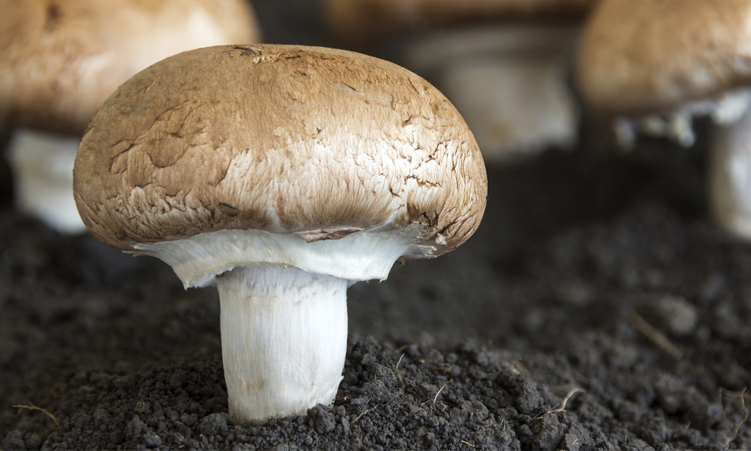Namibia imported mushrooms and truffles worth N$300 000 from South Africa in April.
Truffles are mushrooms that grow underground in forests and can be found by digging, especially near tree roots.
Namibia Statistics Agency (NSA) chief executive and statistician general Alex Shimuafeni says Namibia’s trade balance dropped from N$4,6 billion to N$3,1 billion in the same month.
This decrease was driven by an increase in export earnings and a decrease in imports.
Shimuafeni says the export basket for April 2024 mainly comprised minerals such as precious stones (diamonds), uranium, non-monetary gold and petroleum oils.
“Fish remained the only non-mineral product within the top five products exported,” he said in the Namibia International Merchandise Trade Statistics Bulletin for April 2024.
Shimuafeni said re-exports, whose basket mainly comprised salts and peroxysalts, petroleum oils and precious stones, increased by 2,6% month-on-month and 17,5% year-on-year.
“On the other hand, the import basket was mainly comprised of petroleum oils, copper ores and concentrates, precious stones (diamonds), nickel ores and concentrates and civil engineering and contractors’ equipment,” he said.
According to NSA data, Namibia’s cumulative exports of N$35,4 billion in April 2024, were higher than N$33,3 billion registered during the same period of the previous year.
On the import side, the cumulative value of trade for the month under review was N$49,1billion, N$8,7 billion higher than the same period for 2023.
The monthly increase in exports was mainly reflected in uranium which increased by N$832 million; salts and peroxysalts which rose by N$563 million; petroleum oils which were up by N$202 million; copper ores and concentrates by N$158 million; and ores and concentrates of base metals by N$151 million.
The monthly decrease in the import of goods was mainly reflected in petroleum oils which decreased by N$650 million; motor vehicles for the transport of goods by N$233 million; automatic data-processing machines by N$124 million; taps, cocks, valves and similar appliances for pipes by N$105 million; and mechanical handling equipment by N$105 million.
According to the NSA, in April 2024, the manufacturing industry continued being the leading industry with the largest export of goods valued at N$5,2 billion, absorbing 55% of total exports.
Products from the industry increased by N$283 million when compared to the previous month.
The mining and quarrying industry came second with a share of 40,2% of the total exports in April 2024.
Exported goods from this industry increased by N$1,1 billion from the previous month.
The agriculture, forestry and fishing industry ranked third, contributing 4,3% of total exports.
“The demand side was largely dominated by products from the manufacturing industry, with an import bill of N$8,4 billion recorded in April 2024, a slight decrease of 0,6% compared to the month of March 2024,” said Shimuafeni.
In second position was the mining and quarrying industry which stood at N$3,8 billion during the month under review, a decrease of N$269 million compared to the preceding month.
Lastly, the agriculture, forestry and fishing industry occupied third position with imports valued at N$437 million during the month under review, said the NSA.
During April 2024, South Africa was Namibia’s main export destination, accounting for 17,6% of exports, with China in second position with a share of 16,9%, while Botswana came third with a share of 14,6%.
“The DRC and Zambia took the fourth and the fifth positions, contributing 9,3% and 6,9%, respectively,” the NSA said.
During the month under review, South Africa took pole position in imports with a share of 34,8%.
In second place was China with a share of 9,2%, followed by Peru in third position, supplying Namibia with 6,7% of its total imports.
Oman (4,5%) and Germany (4,4%) took the fourth and fifth positions, respectively.
– email: matthew@namibian.com.na
Stay informed with The Namibian – your source for credible journalism. Get in-depth reporting and opinions for
only N$85 a month. Invest in journalism, invest in democracy –
Subscribe Now!








